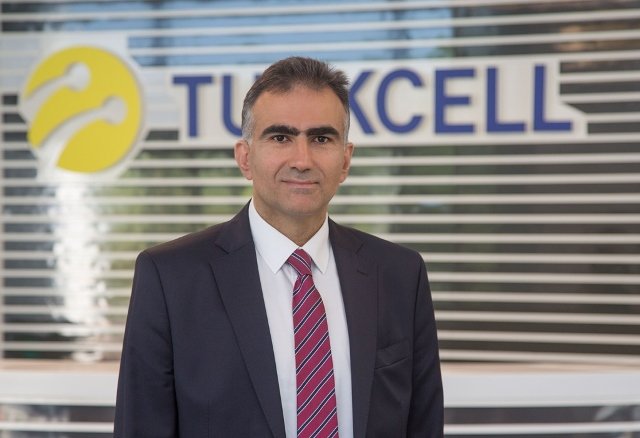Turkcell has built a centralized virtualization infrastructure (NFVi), named its Unified Telco Cloud, to unify its services on a single cloud.
 Gediz Sezgin, CTO of Turkcell, believes in the open foundation in order to implement its choice of virtual network functions (VNFs) faster and flexibly scale resources as needed to modernize existing and new services.
Gediz Sezgin, CTO of Turkcell, believes in the open foundation in order to implement its choice of virtual network functions (VNFs) faster and flexibly scale resources as needed to modernize existing and new services.
Turkcell has more than 35 million subscribers and 99 percent population coverage in Turkey. Turkcell is making investment in digital services and software-defined operational models to respond to customer demands.
Turkcell in 2016 decided to shift from a hardware-oriented vendor-dependent architecture and virtualize 40 percent of its services running on a flexible cloud infrastructure by the end of 2019.
Red Hat announced that Turkcell has selected Red Hat OpenStack Platform and Red Hat Ceph Storage.
Turkcell selected Red Hat OpenStack Platform, Red Hat’s carrier-grade distribution of the open source, infrastructure framework for building hybrid clouds, supported by Red Hat Ceph Storage, a software-defined storage technology designed for object storage and cloud infrastructure.
Turkcell has already used Red Hat Enterprise Linux for more than a decade to power its mission-critical systems.
Red Hat Consulting helped Turkcell design its Unified Telco Cloud and train up its network team, in collaboration with Affirmed Networks, a provider of virtualized mobile networks – in the role of main systems integrator.
The service provider’s strategy was to prioritize virtualization of its GiLAN services, being an area of market differentiation and monetization, followed by key areas where the company is investing in network upgrades and areas where it sees the opportunity to deploy new services.
Turkcell has virtualized 18 percent of its overall data and voice services capacity on its telco cloud and is on target for its three-year goal of 40 percent.
Turkcell said live VNFs include PCRF and AAA for policy and charging, Data Optimization for differentiated quality of experience for customers, DPI for traffic management and enhanced VAS, IMS and RCS for voice services and CG-NAT for IP address management, from multiple vendors.
Turkcell is able to deliver workloads of more than 1.8 terabits per second (Tbps) of traffic and is currently carrying near to 1 Tbps of live traffic from customers across the region.
“While planning for upcoming 5G and edge computing evolution in our network, we need to increase vendor independence and horizontal scalability to help maximize the efficiency and effectiveness of our Capex investment,” Gediz Sezgin, CTO, Turkcell, said.





